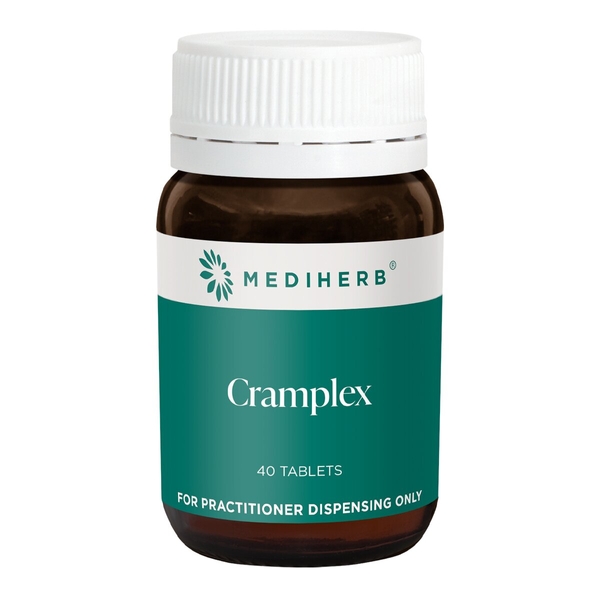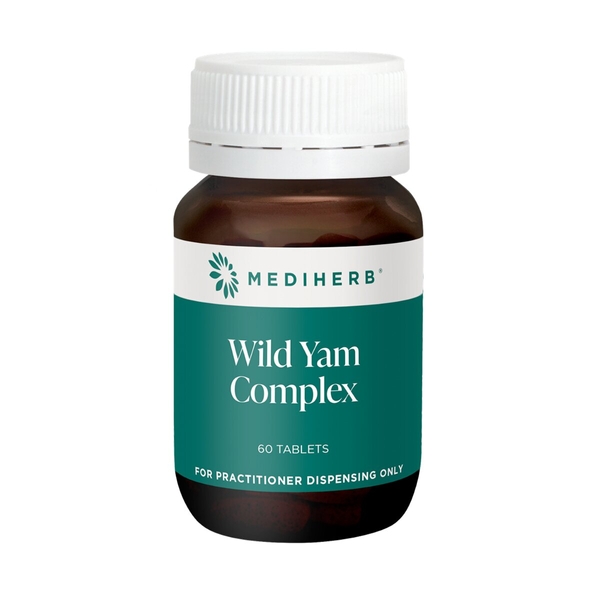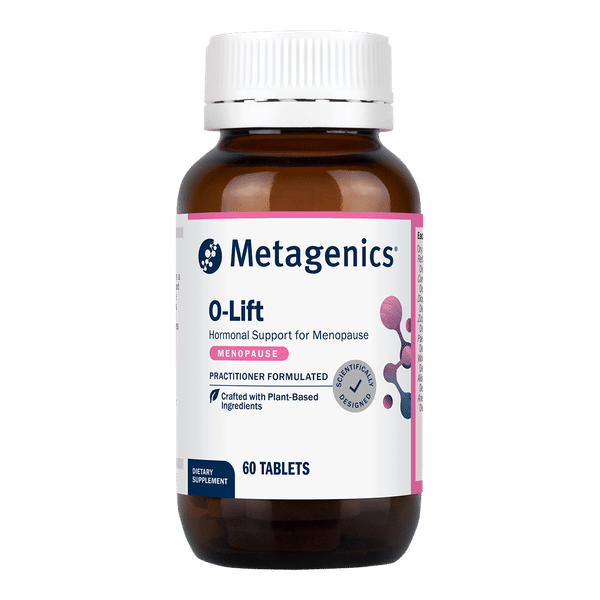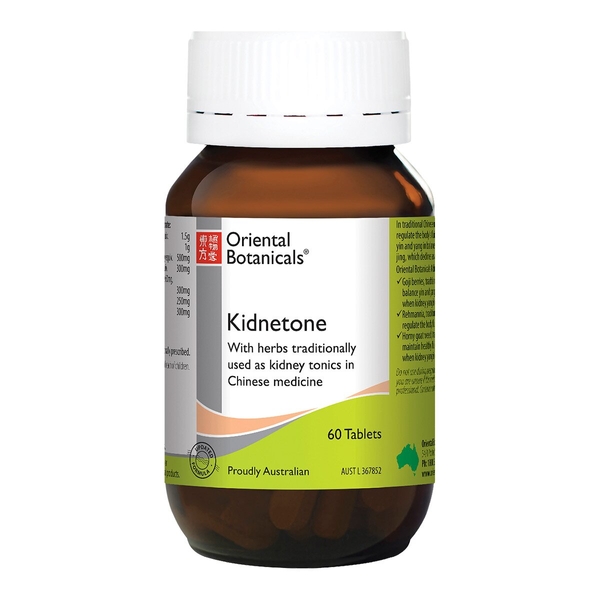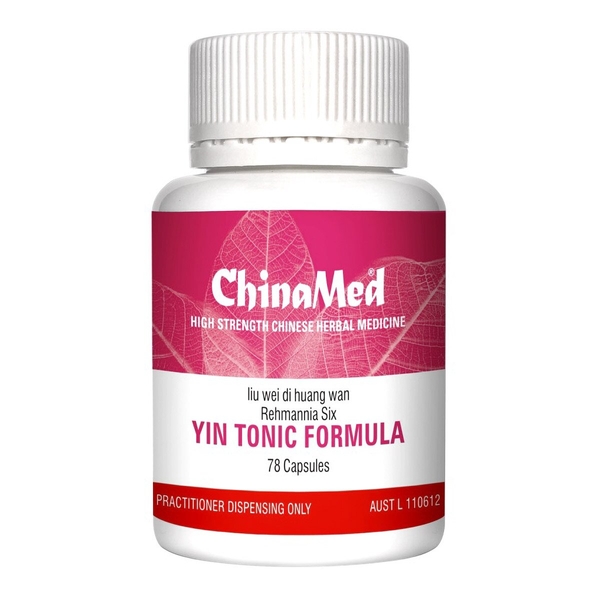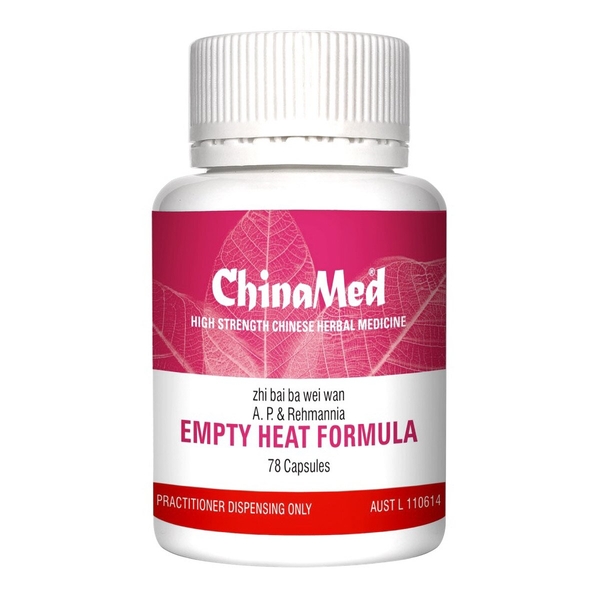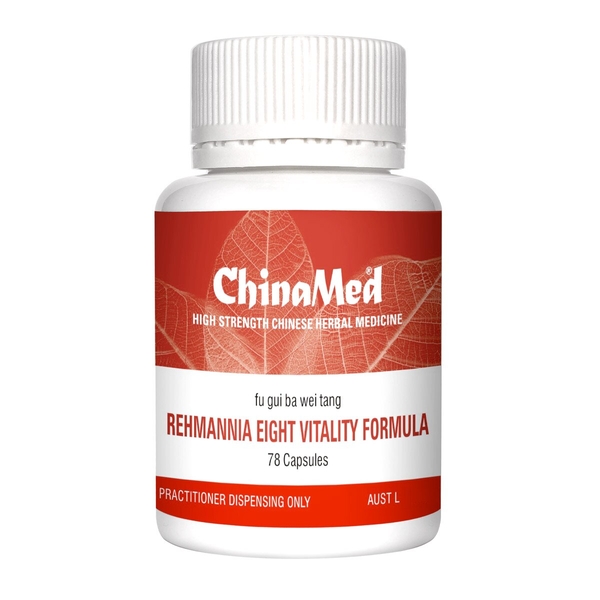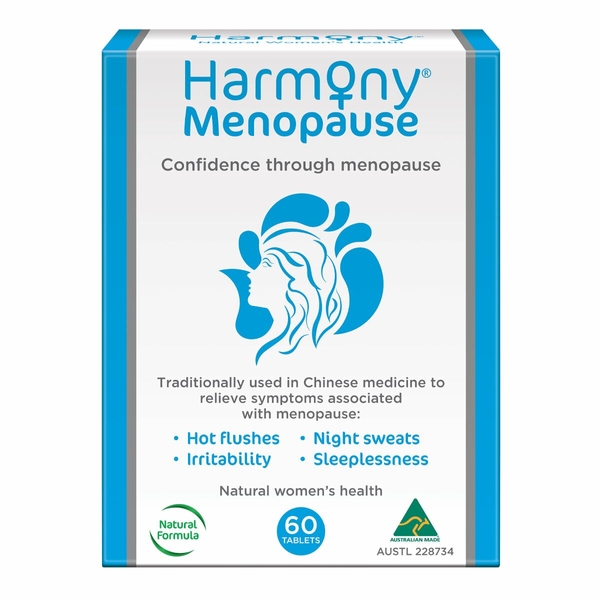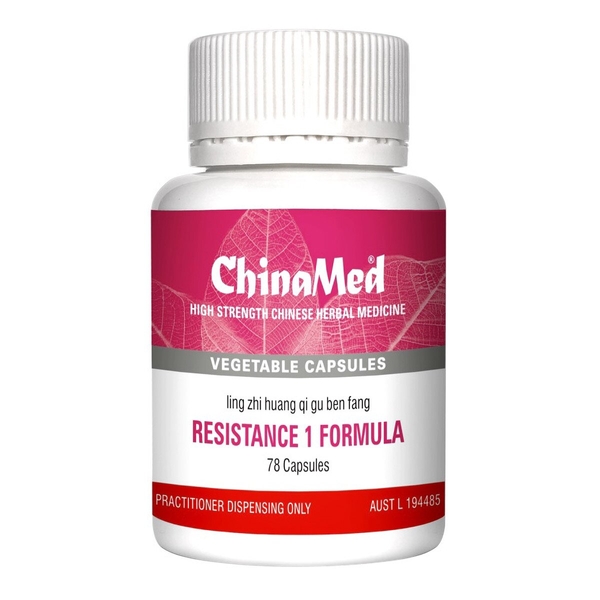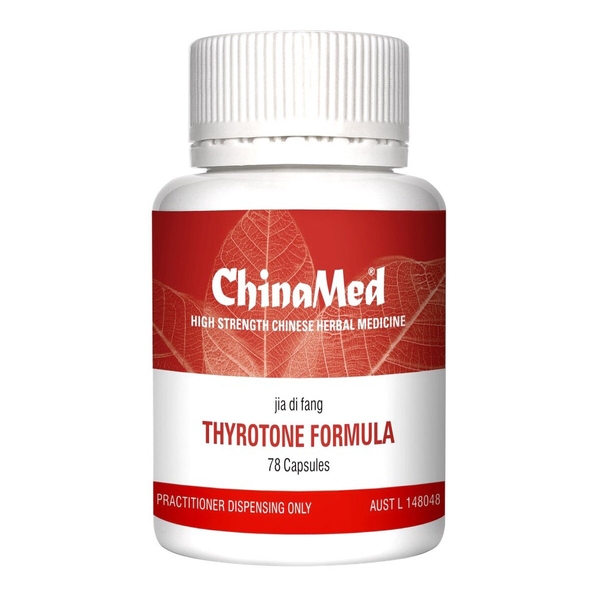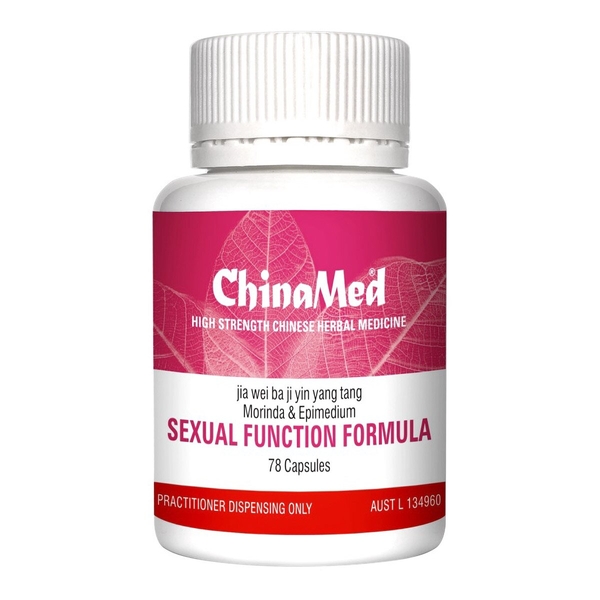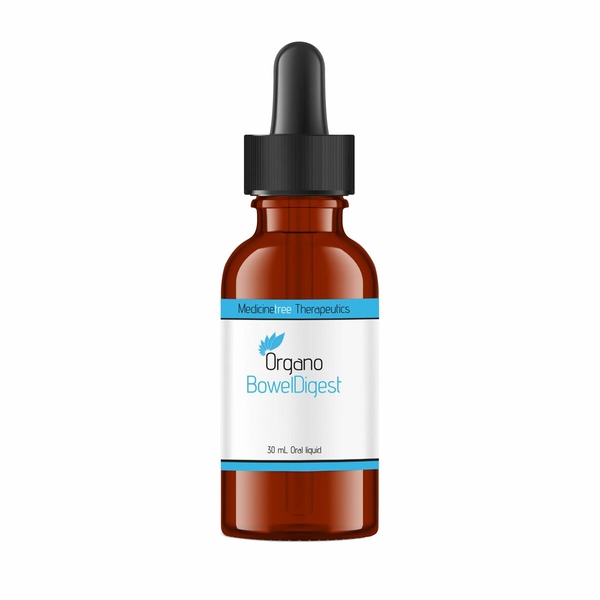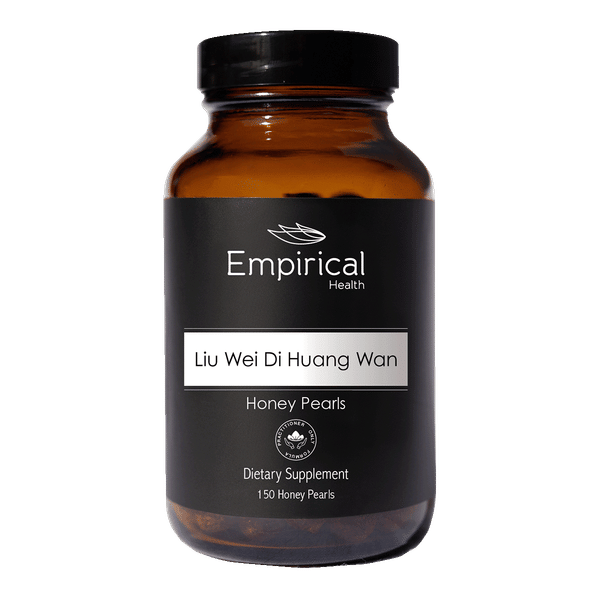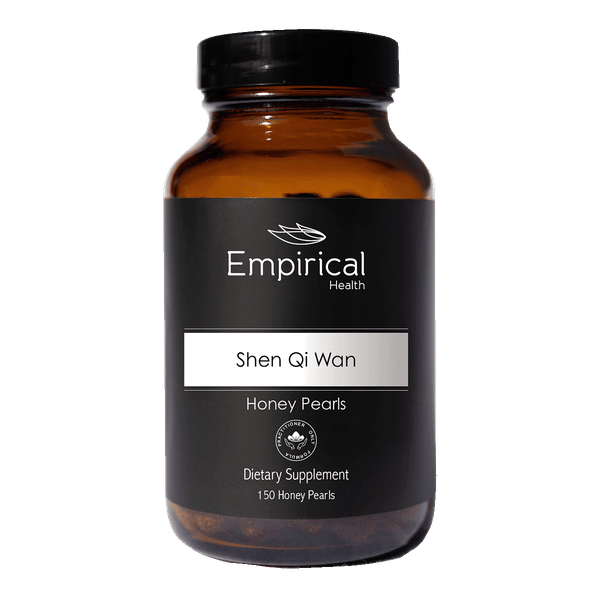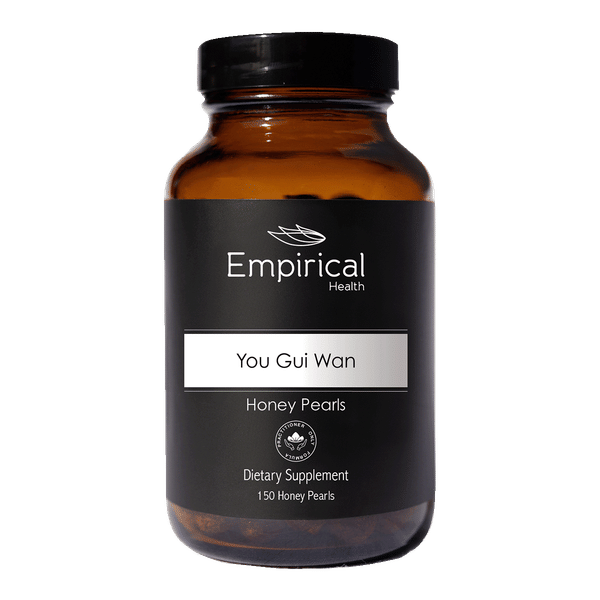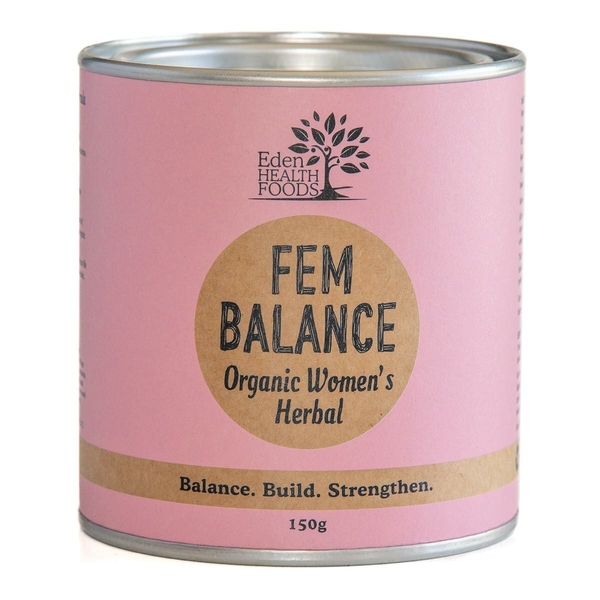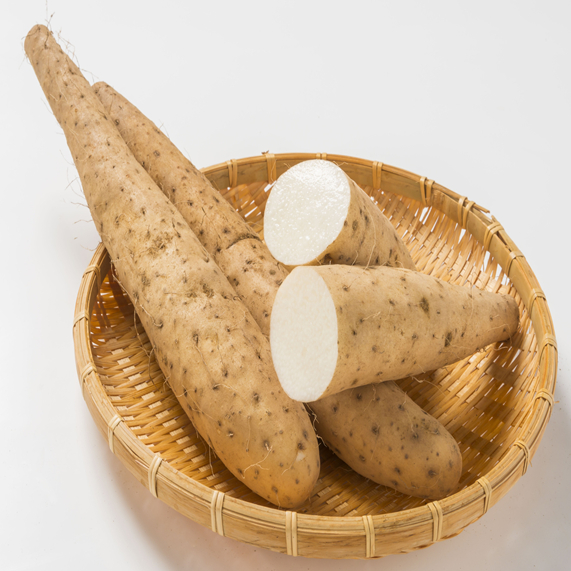
Wild yam
Scientific names: Dioscorea alata, Dioscorea batatas, Dioscorea composita, Dioscorea opposita, Dioscorea tepinapensis, Dioscorea floribunda, Dioscorea japonica, Dioscorea mexicana, Dioscorea macrostachya, Dioscorea villosa, Dioscorea hirticaulis
Family: Dioscoreaceae
Alternate names: American Yam, Atlantic Yam, Barbasco, China Root, Chinese Yam, Colic Root, Devil's Bones, DHEA Naturelle, Dioscorea, Dioscoreae, Dioscorée, Igname Sauvage, Igname Velue, Mexican Yam, Mexican Wild Yam, Ñame Silvestre, Natural DHEA, Phytoestrogen, Phyto-oestrogène, Rheumatism Root, Rhizoma Dioscorae, Rhizoma Dioscoreae, Shan Yao, Wild Mexican Yam, Yam, Yuma
Actions: Gastrointestinal, Hormonal
Background
Wild yam is a plant that has been promoted as natural DHEA because it contains diosgenin, which can be used in the lab to create estrogen and DHEA.
There are over 600 species of wild yams. About 12 species are edible. Some people use wild yam as a source of steroids, but the body can't make steroids such as estrogen and DHEA from eating wild yam. This conversion has to be done in a lab. There might be other chemicals in wild yam that act like estrogen in the body.
People most commonly use wild yam as a "natural alterative" to estrogen therapy for symptoms of menopause, infertility, menstrual problems, and many other conditions, but there is no good scientific evidence to support any of these uses.
There are over 600 species of wild yams. About 12 species are edible. Some people use wild yam as a source of steroids, but the body can't make steroids such as estrogen and DHEA from eating wild yam. This conversion has to be done in a lab. There might be other chemicals in wild yam that act like estrogen in the body.
People most commonly use wild yam as a "natural alterative" to estrogen therapy for symptoms of menopause, infertility, menstrual problems, and many other conditions, but there is no good scientific evidence to support any of these uses.
Safety Safety definitions
When taken by mouth: Wild yam is possibly safe when used for up to 12 weeks. It's usually well tolerated, but taking large amounts might cause vomiting, upset stomach, and headache.
When applied to the skin: Wild yam is possibly safe when applied to the skin.
Hormone-sensitive condition such as breast cancer, uterine cancer, ovarian cancer, endometriosis, or uterine fibroids: Wild yam might act like estrogen. If you have any condition that might be made worse by estrogen, don't use wild yam.
When applied to the skin: Wild yam is possibly safe when applied to the skin.
Special Precautions & Warnings:
Pregnancy and breast-feeding: There isn't enough reliable information to know if wild yam is safe to use when pregnant or breast-feeding. Stay on the safe side and avoid use.Hormone-sensitive condition such as breast cancer, uterine cancer, ovarian cancer, endometriosis, or uterine fibroids: Wild yam might act like estrogen. If you have any condition that might be made worse by estrogen, don't use wild yam.
Effectiveness
NatMed Pro rates effectiveness based on scientific evidence according to the following scale: Effective, Likely Effective, Possibly Effective, Possibly Ineffective, Likely Ineffective, Ineffective, and Insufficient Evidence to Rate.
Possibly ineffective Effectiveness definitions
- Symptoms of menopause. Applying wild yam cream to the skin doesn't seem to help symptoms such as hot flashes and night sweats. It also doesn't seem to affect levels of hormones that play a role in menopause.
Dosing & administration
There isn't enough reliable information to know what an appropriate dose of wild yam might be. Keep in mind that natural products are not always necessarily safe and dosages can be important. Be sure to follow relevant directions on product labels and consult a healthcare professional before using.
Interactions with pharmaceuticals
Estrogens
Interaction Rating=Moderate Be cautious with this combination.
Wild yam might have some of the same effects as estrogen. Taking wild yam along with estrogen pills might decrease the effects of estrogen pills.
Interactions with herbs & supplements
There are no known interactions with herbs and supplements.
Interactions with foods
There are no known interactions with foods.
Products
View all productsPractitioner product
Practitioner product
Per tablet:
- Dioscorea oppositifolia (Chinese yam) ext. 156 mg
- Rehmannia glutinosa ext. 320 mg
- Cornus officinalis ext. 156 mg
- Ziziphus jujuba var. spinosa ext. 111 mg
- Paeonia suffruticosa ext. 92 mg
- Poria cocos ext. 92 mg
- Anemarrhena asphodeloides ext. 89 mg
- Alisma orientale ext. 92 mg
Practitioner product
RRP: $51.95$44.17Save: 15%
Create account
Practitioner product
Per capsule:
- Dioscorea oppositifolia (Shan Yao) ext. 49.76 mg
- Rehmannia glutinosa ext. 74.63 mg
- Poria cocos ext. 37.34 mg
- Cornus officinalis ext. 24.87 mg
- Paeonia suffruticosa ext. 24.87 mg
- Alisma orientale ext. 37.31 mg
- Phellodendron amurense ext. 24.87 mg
- Anemarrhena asphodeloides ext. 24.87 mg
Practitioner product
Per capsule:
Practitioner product
Per tablet:
- Dioscorea oppositifolia (Chinese yam) ext. 40 mg
- Angelica polymorpha ext. 50 mg
- Paeonia lactiflora ext. 28.57 mg
- Bupleurum falcatum ext. 20 mg
- Cholecalciferol 2.5 μg equiv. vitamin D3 100 IU
- Vitex agnus-castus ext. 10 mg
- Rehmannia glutinosa ext. 200 mg
- Calcium hydrogen phosphate dihydrate 350 mg equiv. calcium 81.6 mg equiv. phosphorus 63 mg
- Calcium amino acid chelate 50 mg equiv. calcium 10 mg
- Magnesium amino acid chelate 50 mg equiv. magnesium 10 mg
RRP: $37.57$30.05Save: 20%
Create account
Per tablet:
- Dioscorea oppositifolia (Chinese yam) ext. 40 mg
- Angelica polymorpha ext. 50 mg
- Paeonia lactiflora ext. 28.57 mg
- Bupleurum falcatum ext. 20 mg
- Ziziphus jujuba ext. 200 mg
- Vitex agnus-castus ext. 10 mg
- Rehmannia glutinosa ext. 200 mg
- Magnesium amino acid chelate 50 mg equiv. magnesium 10 mg
- Cholecalciferol 2.5 μg equiv. vitamin D3 100 IU
- Rehmannia glutinosa ext. 633.33 mg
- Calcium amino acid chelate 50 mg equiv. calcium 10 mg
- Calcium hydrogen phosphate 350 mg equiv. calcium 81.6 mg
RRP: $37.57$30.05Save: 20%
Create account
Per capsule:
Practitioner product
Per capsule:
Practitioner product
Per capsule:
- Dioscorea oppositifolia (Shan Yao) ext. 29.04 mg
- Rehmannia glutinosa ext. 58.08 mg
- Astragalus membranaceus ext. 29.04 mg
- Codonopsis pilosula ext. 29.04 mg
- Poria cocos ext. 29.04 mg
- Epimedium sagittatum ext. 29.04 mg
- Cuscuta hygrophilae ext. 29.04 mg
- Cornus officinalis ext. 23.19 mg
- Lycium barbarum ext. 23.19 mg
- Citrus reticulata ext. 11.61 mg
- Glycyrrhiza uralensis ext. 9.69 mg
Practitioner product
Per capsule:
- Dioscorea oppositifolia (Shan Yao) ext. 26.7 mg
- Morindae officinalis ext. 27 mg
- Epimedium sagittatum ext. 27 mg
- Cuscuta hygrophilae ext. 27 mg
- Lycium chinense ext. 26.7 mg
- Eucommia ulmoides ext. 26.7 mg
- Rubus chingii ext. 26.7 mg
- Cnidium monnieri ext. 26.7 mg
- Angelica polymorpha ext. 24 mg
- Paeonia lactiflora ext. 24 mg
- Cornus officinalis ext. 24 mg
- Glycyrrhiza uralensis ext. 13.5 mg
Practitioner product
Per capsule:
- Dioscorea oppositifolia (Shan Yao) ext. 21.78 mg
- Biota orientalis ext. 12.09 mg
- Rehmannia glutinosa ext. 43.56 mg
- Codonopsis pilosula ext. 21.78 mg
- Ophiopogon japonicus ext. 21.78 mg
- Cornus officinalis ext. 21.78 mg
- Poria cocos ext. 21.78 mg
- Inula britannica ext. 21.78 mg
- Epimedium brevicornum ext. 21.78 mg
- Perilla frutescens ext. 21.78 mg
- Prunus armeniaca ext. 21.78 mg
- Ziziphus jujuba ext. 24.18 mg
- Citrus maxima ext. 12.09 mg
- Glycyrrhiza uralensis ext. 12.06 mg
Practitioner product
Per serve:
- Dioscorea villosa (Wild yam)
- Helicobacter pylori
- Pepsin
- Arsenic trioxide
- Candida albicans
- Collinsonia candensis
- Deoxyribonucleic acid
- Grp. A3 - Cereals
- Grp. A4 - Dairy
- Mixed yeast
- Giardia
- Hydrastis canadensis
- Porcine liver
- Porcine colonic mucous membrane
- Porcine intestinal mucous membrane
- Porcine pancreas
Practitioner product
Practitioner product
Practitioner product
Per pearl:
- Dioscorea oppositifolia (Shan Yao) (rhizome)
- Rehmannia glutinosa (root)
- Cinnamomum cassia (bark) (bark outer)
- Eucommia ulmoides (bark outer)
- Cornus officinalis (fruit)
- Angelica sinensis (root)
- Lycium chinense (fruit)
- Cuscuta hygrophilae (seed)
- Mel mellis (Feng Mi)
Practitioner product
Per 5 g:
- Dioscorea villosa (Wild yam)
- Lepidium meyenii
- Angelica polymorpha
- Vitex agnus-castus (berry)
- Lycium barbarum
- Luo Han Guo (fruit) ext. (Monk fruit)
- Turnera diffusa
- Glycyrrhiza glabra (root)
- Humulus lupulus (flower)
- Valeriana officinalis
- Passiflora incarnata
- Arctostaphylos uva-ursi
- Juniperus communis (berry)
- Zea mays
RRP: $49.95$47.45Save: 5%
Create account
vital.ly has licensed monographs from TRC Healthcare.
This monograph was last reviewed on 17/06/2024 10:00:00 and last updated on 16/07/2020 19:27:13. Monographs are reviewed and/or updated multiple times per month and at least once per year.
Natural Medicines disclaims any responsibility related to medical consequences of using any medical product. Effort is made to ensure that the information contained in this monograph is accurate at the time it was published. Consumers and medical professionals who consult this monograph are cautioned that any medical or product related decision is the sole responsibility of the consumer and/or the health care professional. A legal License Agreement sets limitations on downloading, storing, or printing content from this Database. No reproduction of this monograph or any content from this Database is permitted without written permission from the publisher. It is unlawful to download, store, or distribute content from this site.

